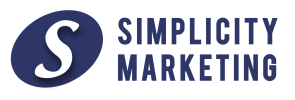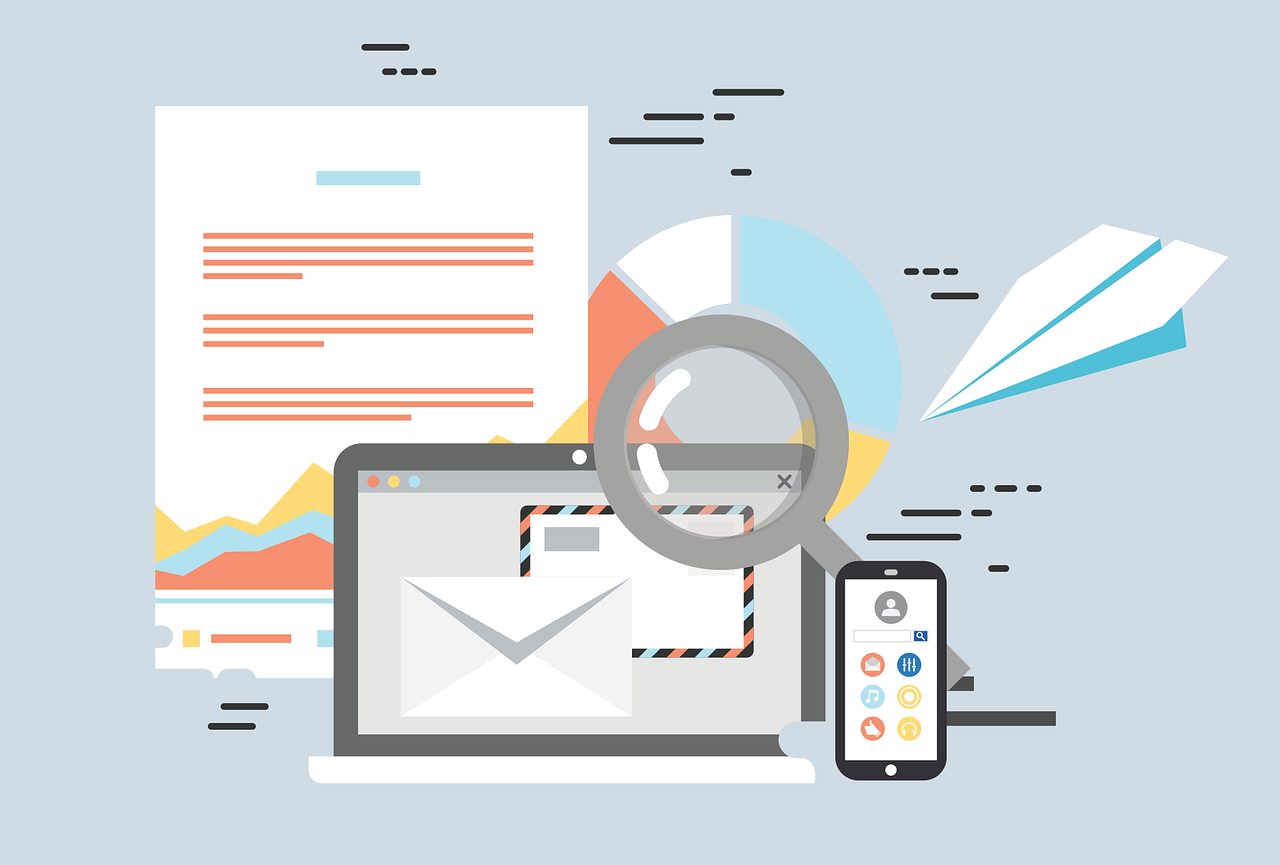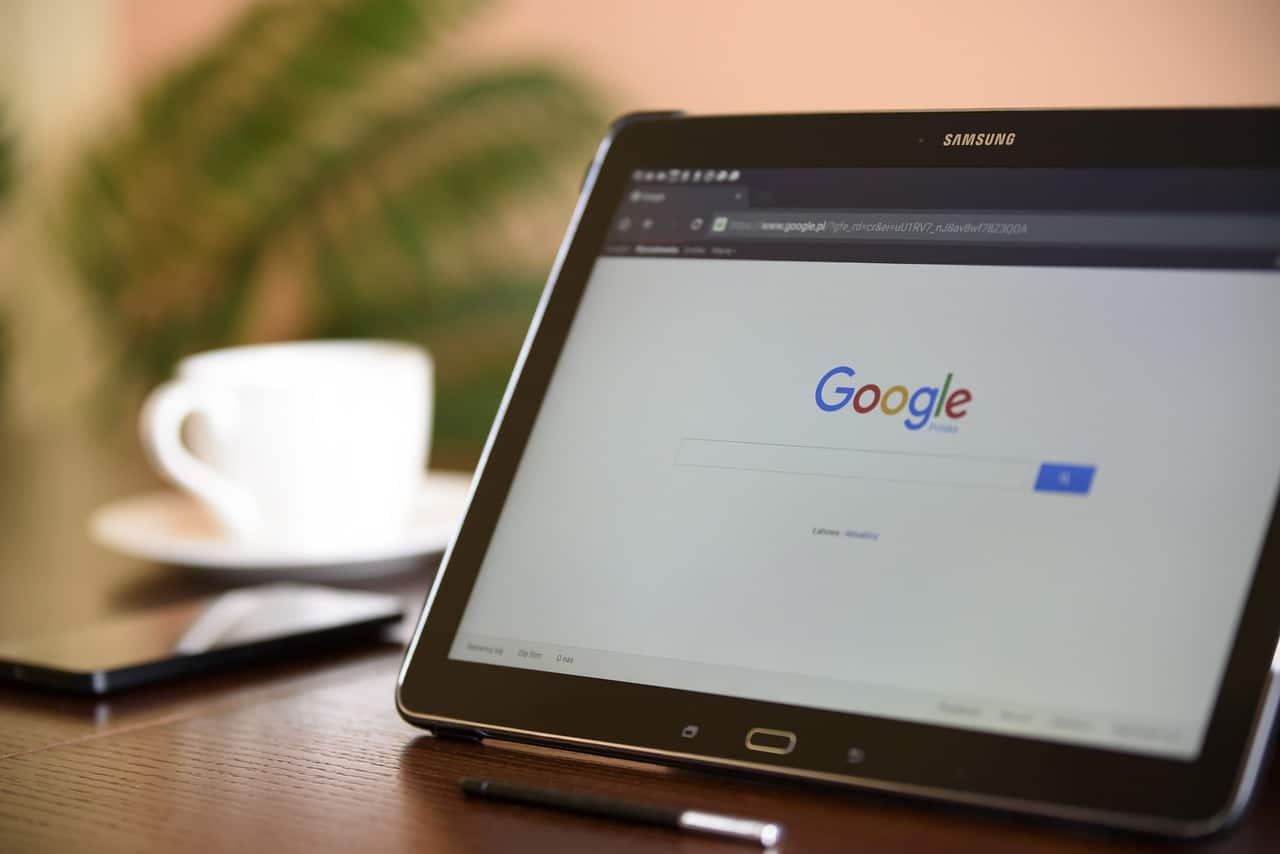How do you plan on getting the word out about your business? Without a proper plan of attack, you can set yourself and your business behind. The digital landscape is a headscratcher for many people struggling to move their business and strategies from the brick and mortar, analog world that they grew up into the social media, digital world that exists now. Make no mistake, your competitors are taking full advantage of the tools offered to them through social media and digital marketing campaigns. This article is here to help you understand how a Facebook advertising campaign can be just what you need to reach your target market and take your business to its fullest potential.
Why Advertise on Facebook
Facebook is a powerhouse in the digital age. Despite not even being twenty years old yet, this social media giant has changed the way that advertising can be done. Moving past costly methods of the past such as cold calls, television and radio ads, and print ads; Facebook allows you to create customizable, targeted ad campaigns that are not only affordable but effective. Facebook ads allows you to target users specifically based on interest and can allow you to create campaigns targeted towards those who follow your business and even those who don’t. There is a greater accessibility through Facebook Ads and social media marketing than ever before. This article will help walk you through the basics of setting up a Facebook ad campaign so that you can start reaching greater audiences today.
Defining Your Demographics
The very first thing you need to do before starting any ad campaign (especially before you put money into one) is to define your demographics. Who are you selling to? Who is your product for and what do you know about them that can help specify your marketing strategy? If you don’t have well thought out answers to either of these questions, then you cannot create and efficient marketing strategy.
Many first-time entrepreneurs and marketers make the critical mistake of targeting as many people as they can. They assume that the wider the net the cast, the more fish they can pull in. While the logic sounds great, it lacks practicality. Facebook ad campaigns are effective because they are specific. Instead of wasting time and money targeting people who don’t fit the description of your typical customer can prove costly for both your wallet and your calendar. Instead, you need to develop a specific target audience based on factors such as age, gender, location, interests, and other common demographic factors. Facebook Ads allows you to lock into your target demographic and create ad campaigns just for them, take advantage of this feature.
Landing Page
Once a user sees your ad, what do you want them to do next? Where do they go if they have further questions? A landing page is another key ingredient in a Facebook Marketing strategy. If your product or service being advertised is fairly simple or commonplace, it may suffice for your ad to take a user straight to a sales page. However, if your product or service is new or might generate questions a direct link to sales might not suffice. To effectively market your goods and your business on Facebook, you need to make sure that you also have a Facebook presence outside of your ad campaigns.
If you do not have a business page or profile active on Facebook, you need to set one up immediately. Similarly, if you have an existing page but haven’t updated it regularly, you need to make sure that you give it the attention it needs to thrive. People do not follow accounts that don’t offer anything of interest to them, and Facebook algorithms have a tendency to bury posts by accounts that don’t frequently post. Make sure that your page isn’t being docked for inactivity, but make sure that your page helps create the conversation by delivering posts weekly and providing users with a space to learn more about your business, your products and services, and you.
Getting to Know the Back End
The Facebook Backend can be a confusing place; this is exacerbated by the shift towards the business suite. This suite is designed as an all-in-one backend that allows you to manage posts, content, ad campaigns, and analytics all in the one place. Because of this push, we won’t cover the backend in too much detail today as those designs are in flux. However, we will give a brief overview of what the backend is for and how you can use its tools to create your ad campaigns.
The Ads Manager allows you to determine the reach of your campaign and the goals along those lines that you hope to hit. This lets you determine how many profiles you wish your ad to be in front of and what click rate you’d like from that group. Tying into this you can also manipulate your target audience, based on aforementioned specifics such as location.
Once the specifics are set you can get detailed with how you’d like your add to be rolled out, including on which of Facebook’s platforms you’d like it to appear on. You can then set your budget and window for the ad campaign, determining how much money you’re okay with putting in and how long you’d like the campaign to run.
From here you can format your ad, determining the audial, visual, and textual elements of it. Then you can add any extra buttons or URLs you’d like and publish your campaign into the world. The whole process is quick, and Facebook provides step by step instructions for those creating their first campaign or unsure of what they need to do to make it succeed.
The Social Media Sales Funnel
This section ties into an idea introduced earlier with the landing page. With each ad campaign there needs to be an idea of what you want to happen next. If your ads are designed with only short-term success in mind, then you might make sales off of them but do little to build the brand and following around your business. You need to look at any ad campaign as an extension of a greater push to get people invested in your business and what it can do.
So while ad campaigns might target a specific product or highlight a sale, they should always be leading people to not just that limited item or event but also to your business as a whole. This is part of the sales funnel process, which takes people from casual interest (the ad stage) all the way through to a sale and full engagement with the products being offered and business behind them. The easiest way to make your ads work for your brand in this regard is to have your ad links and URLs lead through your Facebook landing page or to your actual website. This allows you to engage your audience with more content and offers while meeting the interest they have in your ad and whatever purchase(s) it might lead to.
Accessing the Results
How do you know if your Facebook Ad Campaign is working? The answer is a lot simpler than you’d think. Facebook makes it extremely easy to view the data behind any active or concluded ad campaign. You can see stats over how many profiles your ad was placed in front of, the number of clicks received from your ad, and the demographics of those who clicked through to your business page, website, or sales page. This allows you to see who your ad strategies succeed with most and to gain valuable information that will help you determine how to structure any successive ad campaigns and which particular interests or demographics your business might find more success within targeting.
Conclusion
Facebook makes it easy to get your business and your products in front of real people who are interested in what you have to offer. As the largest social media platform, Facebook allows you to get your business in front of more eyes than ever possible before. Better yet, it allows you to target the eyes best suited to your business at a far cheaper rate than every available in the print or analog strategies of the past. With a few simple clicks and a little bit of know-how, you can take your small business to new heights with professional advertising strategies and campaigns.
Featured Image:
https://pixabay.com/illustrations/applications-app-touch-update-2344383/




















